
Complete Beginner's Skateboard Guide - How To Choose A Skateboard
Looking to buy your first skateboard? We've got your back. Find out everything you need to know when choosing a skateboard in our Complete Beginner's Skateboard Guide.
Shop all skateboard parts at CSC now to get started!
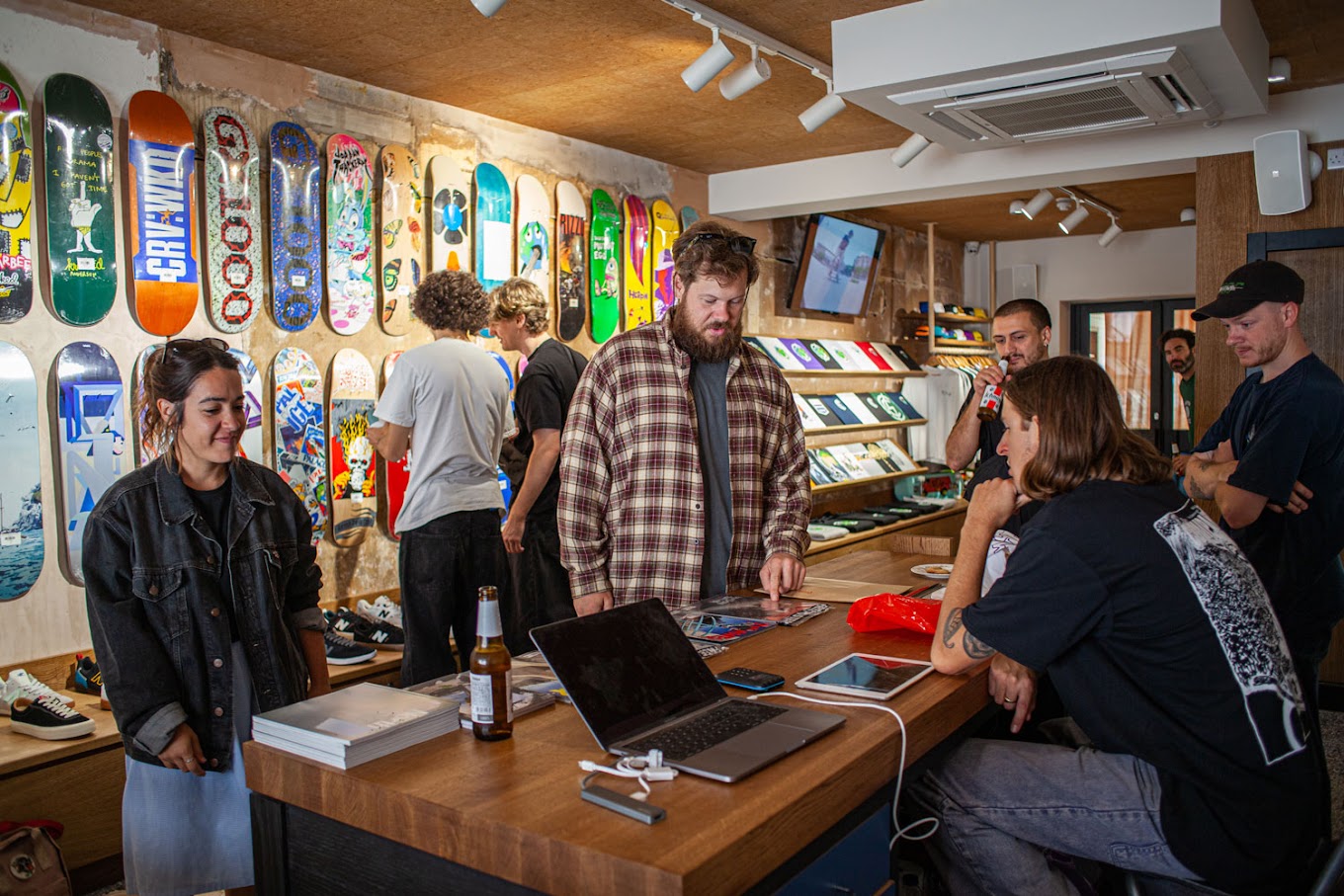
While, for the most part, the 2020s have been an utter shit show, one of the main positives to come out of the past few years has been the massive increase in people skating, both from lockdown and skateboarding's inclusion in the Olympics. Whether you're a complete newbie or a retired home-town-hero looking to dust off the old freestyle tricks, we're super hyped to see everyone out skating and having fun.
Seeing as there's so many new people starting skating, we've put together a complete beginner's guide to choosing a skateboard to help out anyone looking to buy a board. Whether it's your first time buying, or you're upgrading from the 7.5" complete you dug out from your mum's attic; whatever your situation, we've got your back. We'll cover all the basic parts you'll need to set up a complete skateboard, as well as discussing what you'll need to consider when choosing each component.
What You'll Need:
Choosing a Skateboard Deck
So, first things first, you're gonna want to start off by picking a deck. For those who don't know, the 'deck' is what most people probably think of when they think of a skateboard; it's the plank of wood that you stand on and try not to fall off of. There's a couple of things to bear in mind when you're picking out a deck: firstly, and perhaps most importantly, you're gonna want to choose a deck with a graphic that you like - you're most likely gonna be carrying this board around with you all the time, so you're gonna want to look cool while doing so.
It's not all about aesthetics though: choosing a deck is often the best way to show support for your favourite brands and pros, so if you're a big fan of a certain company or skater, you might want to give them a little love and buy one of their decks so they can keep doing what they're doing.

Apart from looking cool, there are a couple of other practical considerations to bear in mind when picking a deck. All decks come in a wide range of different shapes and sizes, with different companies using slightly different shapes to each other - but don't worry too much about this yet, once you've skated a couple of different decks you'll be able to get a better idea of what sort of shape you're into. While there's a wide range of different shapes on offer, there's one main distinction to be made, which is between 'shaped' decks and 'popsicle' decks. 'Popsicle' decks are pretty much the standard style of modern decks, they're long and thin and, for the most part, have a pretty even nose and tail. Generally, they're the optimal deck for street skating and doing flip tricks.

'Shaped' decks, on the other hand, refers to anything that isn't a popsicle shape; these are a more 'old-school' style of deck and are usually shorter and wider with oddly-sized nose and tails. For the most part, shaped decks are more suited to skating ramps than doing flip tricks, or if you're just looking for something to cruise around on, a wide, shaped deck can be good as there's more room for you to stand on. If you're after a shaped deck, Polar and Heroin are some of the most popular choices and we've got a load of information about Polar's various shapes on our site if you wanted to find out more.

However, while it's important to consider what you want to be using your skateboard for, at the end of the day, you can pretty much do anything you want on any sized/shaped deck so long as you put your mind to it - as demonstrated by Max Geronzi in his ludicrous "Back to the 80's" part, filmed entirely on an 80s-style shaped deck - but if you're looking to start learning fliptricks then you're probably gonna find it easier on a thinner popsicle board than on a 10-inch, shaped slab of maple.
This brings me onto the next topic: size. As I mentioned earlier, decks come in a range of different sizes, with the 'size' here referring to the width of the deck from one side to the other. This usually ranges from 7.5 inches to around 10 inches, although we'd usually recommend going somewhere between 8" and 8.5" to start off with. The main factors you should bear in mind when picking the width of your first deck is your height and shoe size: if you're a miniature human with small feet then you're probably going to want a deck that's smaller than 8 inches, whereas, if you're a fully-grown man-beast with size 12 feet, you're most likely going to be better off with a wider deck.
The best thing to do is to choose a deck that's somewhere in the middle, say 8" or 8.25", because that way you can get a feel for what you like and next time you can always go up or down a size - so long as it still fits your trucks, but we'll get to that later. Aside from this, the dominant logic when choosing a deck is: 'the thinner it is, the easier it flips', so if you're looking to learn 720 quad-flips then you'll save yourself some time if you get a narrower deck. Despite this, as I'm sure many of you are used to hearing, size doesn't really matter; as long as it feels comfortable then that's the main thing. Finding the right size deck is a trial-and-error process, so don't worry if you change your mind; you've gotta start somewhere.
Finally, you'll need some griptape to put on top of your deck, this is the black sandpaper-like sheet which goes on top of your deck and helps the board stick to your feet (no, it's not magic). While we include free MOB griptape with every deck you buy from us (aren't we nice!), if you want to mix things up we also offer a range of different designer griptapes, from skate brands like Polar and Thrasher, as well as clear or coloured grip. Alternatively, if you're feeling creative you can always try and come up with your own griptape design, either by painting or drawing on it or by cutting it up into a collage. The possibilities are endless.

Summary: popsicle decks are best for street skating, shaped decks are best for ramps or cruising. Size is personal preference but between 8" and 8.25" is a good place to start if you want to learn tricks.
Choosing Skateboard Trucks
The next things you're gonna want to get are the trucks. Skateboard Trucks are the metal T-shaped bits that go underneath your deck and basically hold everything together, as well as letting you turn. So yeah, these guys are pretty important too. Now this is where size DOES matter: the trucks will need to fit the width of your board so you'll have to make sure they're a compatible size. Luckily for us, to make things easier for everyone, pretty much all the different truck companies use different measurements to describe their width... convenient, I know.
Luckily for you, we're really sound and we've put together a Skateboard Trucks Size Guide to cover everything you need to know about what size skateboard trucks you'll need. But because we're really, really sound, we also include the relevant deck sizes in the description of the trucks on our webstore to make things even easier; you're welcome. The general rule is the ends of the trucks should line up with the edges of the deck as closely as possible, but just make sure that when you're choosing your trucks that you double check in the description what size decks they're suitable for.

The next thing to consider is which brand you want. Choosing the brand is probably the main factor influencing the price of the trucks. While all the companies offer various differences in the weight and height of the trucks, the main difference between the brands is the price. If you're just starting skating, we usually recommend choosing one of the cheaper options, such as Krux or Bullet, because you probably won't notice the benefit of the more expensive trucks and you can always just upgrade later if you stick with it. Similarly, we offer a range of undercarriage kits - which contain pre-assembles trucks, wheels and bearings - which make a really good, affordable option for a first set-up as the only other parts you have to buy are the deck and hardware.
However, if you've been skating for a little while and you want an upgrade, or you just want to treat yourself, you're never going to regret spending more on a pair of trucks. As they're basically a hunk of metal, the trucks will often be the longest-lasting part of your set-up and can last for a couple of years if you take good care of them (the majority of the parts which make up the trucks can also be easily replaced if they break, you can even come into the shop to ask us for help), so if you decide to spend the extra money on a pair of Independents or Thunders, you do get what you pay for.

Along with different widths, trucks come in different heights, mainly either 'high' or 'low', but 'mids' are also available. Low trucks are generally thought to be better for flip tricks as the wheels are closer to the board which creates a tighter center of gravity (or something sciencey like that, I don't think anyone really knows), but due to the reduced distance between the wheels and the deck you'll need to choose smaller wheels if you're skating low trucks. Conversely, high trucks are generally considered better for turning as the increased distance between the deck and the wheels leaves more space for movement, which also means you can skate bigger wheels.
Many theorists contend that higher trucks also give you more pop as the tail is further from the ground, however this is still a contentious issue. As you would expect, mid trucks are basically the best of both worlds. Generally though, we usually recommend getting high trucks because it offers a lot more flexibility in wheel size (and with the UK's notoriously terrible infrastructure, you're going to want slightly bigger wheels, but we'll get to that later), as well as allowing you to loosen your trucks more and reducing the risk of getting wheelbite (when your wheel comes into contact with the underside of the deck causing the wheel to stop moving - more often than not, ending in a slam).
To make things even more confusing, trucks now offer different weights, with most companies offering a lighter, 'hollow' version for a slight increase in price. Whilst hollow trucks aren't essential, they do make your set-up considerably lighter, which in theory should help you pop higher, as well as making it easier on the arms while carrying it. This aspect is entirely personal preference; if you don't plan on jumping down or over anything, you probably don't need to worry about it, but if you want to treat yourself, they're definitely worth the relatively small increase in price.

One final note; the price listed for the trucks is always for the pair, not for the individual truck, so don't order two sets unless you're planning on building an 8-wheeled skateboard!
Summary: choose your skateboard trucks to match the size of your deck. Trucks last a long time so investing in a good pair is always worth it.
Choosing Wheels
Next on the agenda we have the wheels. I'm sure most of you are aware of the existence of these so-called 'wheels', but for those who aren't, they're those round things that spin and let you go forwards. Much like with trucks and decks, wheels come in a variety of different sizes, shapes and brands. Generally, smaller wheels weigh less and offer a more responsive pop due to being closer to the ground, as well as being better for locking into certain grind tricks. On the other hand, larger wheels are better at retaining speed, particularly on rough ground (shout out the UK), as well as offering more grip, particularly if the wheel is a wider shape like with conical wheels.

The size here refers to the diameter of the wheel and is pretty much always measured in millimeters, with smaller wheels generally being considered as wheels under 50mm and bigger wheels around 54mm and above; we'd usually say it's best to go somewhere in between these two with 52-54mm being pretty good all-rounders wheel. As mentioned, wheels also come in different shapes, such as round wheels, V-cuts and conicals, which again affects the amount of grip the wheels will have, but as with deck sizes and shapes, this is mainly a matter of preference and it'll take most people a while to figure out what exactly it is that they like.

On top of all these other factors, wheels also come in different hardnesses (if that's a word). Measured in durometer, the hardness is written as a number followed by a letter, e.g. 99A, with lower numbers generally corresponding to a softer wheel. Harder wheels allow you to pop your board and slide more easily, so if you're looking to do tricks you'll want to look for hard wheels between 99A and 101D.
Alternatively, if you just want a skateboard to cruise around on, softer wheels will be a better choice as they'll allow you to go much faster with a lot less effort, as well as being much better at coping with rough ground. Here, you'll want to choose wheels that are around 90A or below; 78a Ricta Clouds are a particularly good choice for tackling Cardiff's terrible tarmac. Alternatively, you can now also get hybrid soft wheels like the Powell Dragon Wheels which offer a smooth ride on rough ground while still allowing you to slide and pop tricks for the best of both worlds.

As with decks and trucks, wheels also come in a variety of different brands, as well as different pro models for different skaters, so if you have any favourites then you can rep them to your hearts content. Likewise, wheels often tend to last for a long time and you generally get what you pay for if you decide to spend more, so if you have the means its usually best to get the good stuff (we recommend Spitfire Formula Fours); buy nice, or buy twice!

Summary: hard wheels are best for doing tricks and soft wheels are best for cruising. We usually recommend 99a wheels for skateparks. Size is personal preference but between 52mm and 54mm is a good place to start.
Choosing Bearings
Ok, we're on the home straight now, and by this point I'm sure your head is ready to burst from the sheer amount of knowledge that you've been gaining, so we'll keep this bit simple. Skateboard bearings are the small round things that go inside the wheels and enable them to do what wheels do best: spin. While there are countless different options for bearings - ranging from £10 Cheapshots to £95 Ceramic precision bearings - for the most part you can't go wrong aiming around the £20 mark, with the time-tested favourites, Bones Reds, and several other brands, including newer contenders Bronson Speed Co (they sound fast don't they), offering high-quality bearings around the same price. Unless, y'know, you've got deep pockets and something to prove, in which case, buy the Super Swiss, we dare you.

Summary: you can't go wrong with classic Bones Reds.
Choosing Hardware
Last but not least, we have hardware. This refers to pretty much every other part of the skateboard that we haven't already mentioned, which is basically just the bolts to hold everything together. While they come in various different sizes, you only ever really need 7/8" or 1" bolts as they're the quickest to tighten up (thank me later). To make things easier we offer our own line of bolts which are cheap and as good as any making them perfect for beginners.

Along with bolts, riser pads can be a useful piece of hardware depending on the parts you choose. Risers are little sheets of plastic which go underneath your trucks to increase the distance between your wheels and the deck, so if you want to skate really big wheels and low trucks, you'll probably need some riser pads. If you do use riser pads you'll also want to make sure you buy longer bolts as otherwise the bolts might not fit all the way through, which can make things difficult, so just be careful of that.

 Alternatively, if you're someone who likes to keep your graphic in good condition, or you just wish you were born in the 80s, you may want to invest in some rails for your board. These are strips of plastic which run along the edges of the middle of your board, helping to protect your graphic from damage whilst doing board or lipslides, as well as helping make slides easier when there's no wax.
Alternatively, if you're someone who likes to keep your graphic in good condition, or you just wish you were born in the 80s, you may want to invest in some rails for your board. These are strips of plastic which run along the edges of the middle of your board, helping to protect your graphic from damage whilst doing board or lipslides, as well as helping make slides easier when there's no wax.

One final thing that can prove very useful while out in the line of duty is a skate-tool. This handy bit of kit will let you fix or adjust your skateboard on the go, so it's always worth having one, or, if you're not the 'be prepared' type, just steal one off your mate (although we can't officially endorse this).

Summary: 7/8" or 1" bolts are fine if you don't need risers. A skate tool is always handy.
So there we have it: a Cardiff Skateboard Club beginner's skateboard guide explaining everything you could ever possibly need to know about choosing your first skateboard. We hope that you feel truly enlightened by all this knowledge - or at least slightly less bewildered - but no worries if you're still not sure about the differences between your 99As and your 101Ds; as we mentioned earlier, this is all part of the learning process and the only real way to learn is through trial and error.
The best thing you can do if you're feeling unsure is pop down to see us in the shop, or whatever local independent skate shop is closest to you (check out our Cool Shop Club for some of the UK's dopest independent skate shops), where we'll be more than happy to give you some pointers and help you find the right setup for you. But don't worry if you're not local, you can always ask for help via email or our online chat.

That's enough chit-chat though. Head to the shop to buy everything you need to set up your first skateboard. Or, find out more useful information for beginner skateboarders on the CSC Blog. Safe.

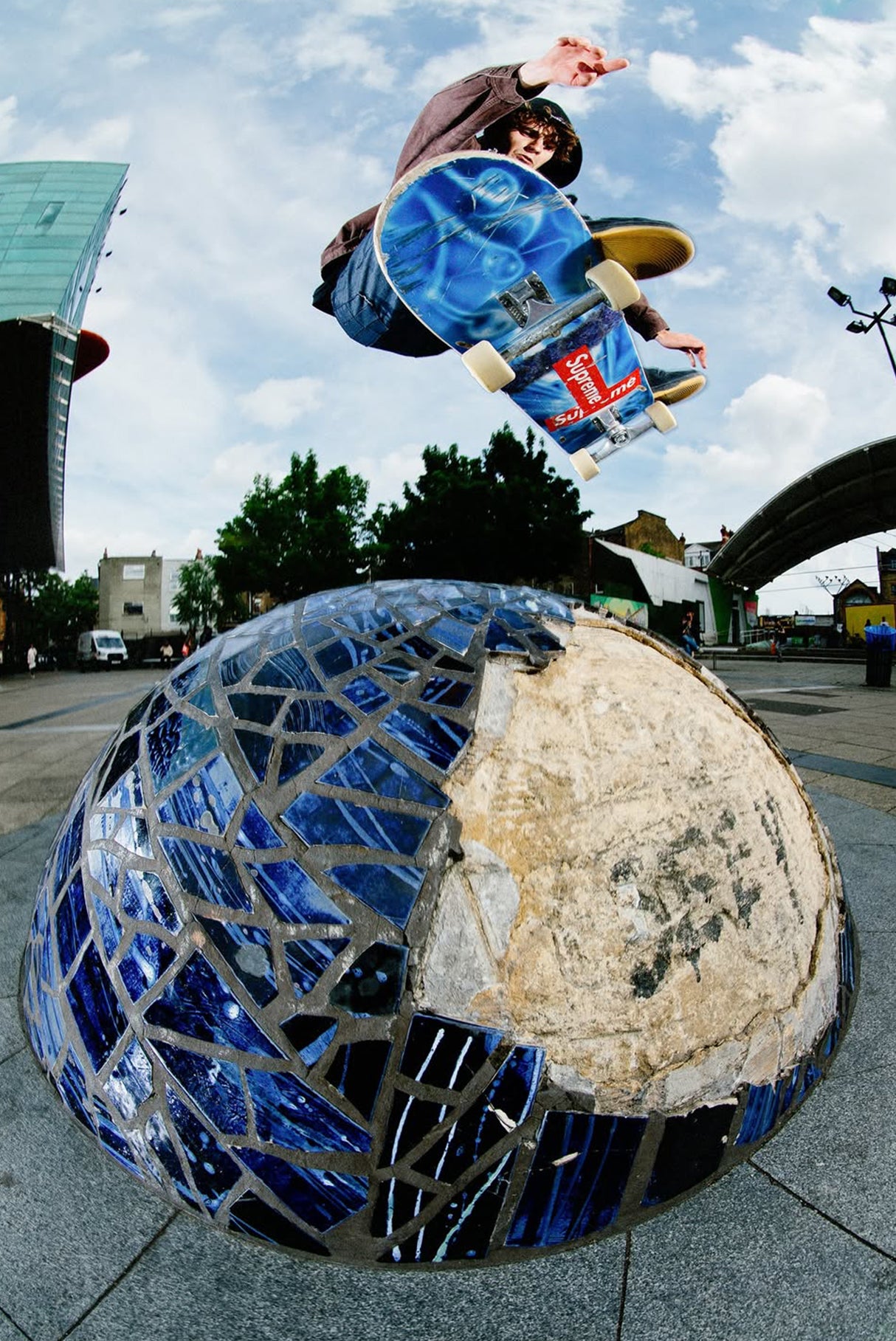
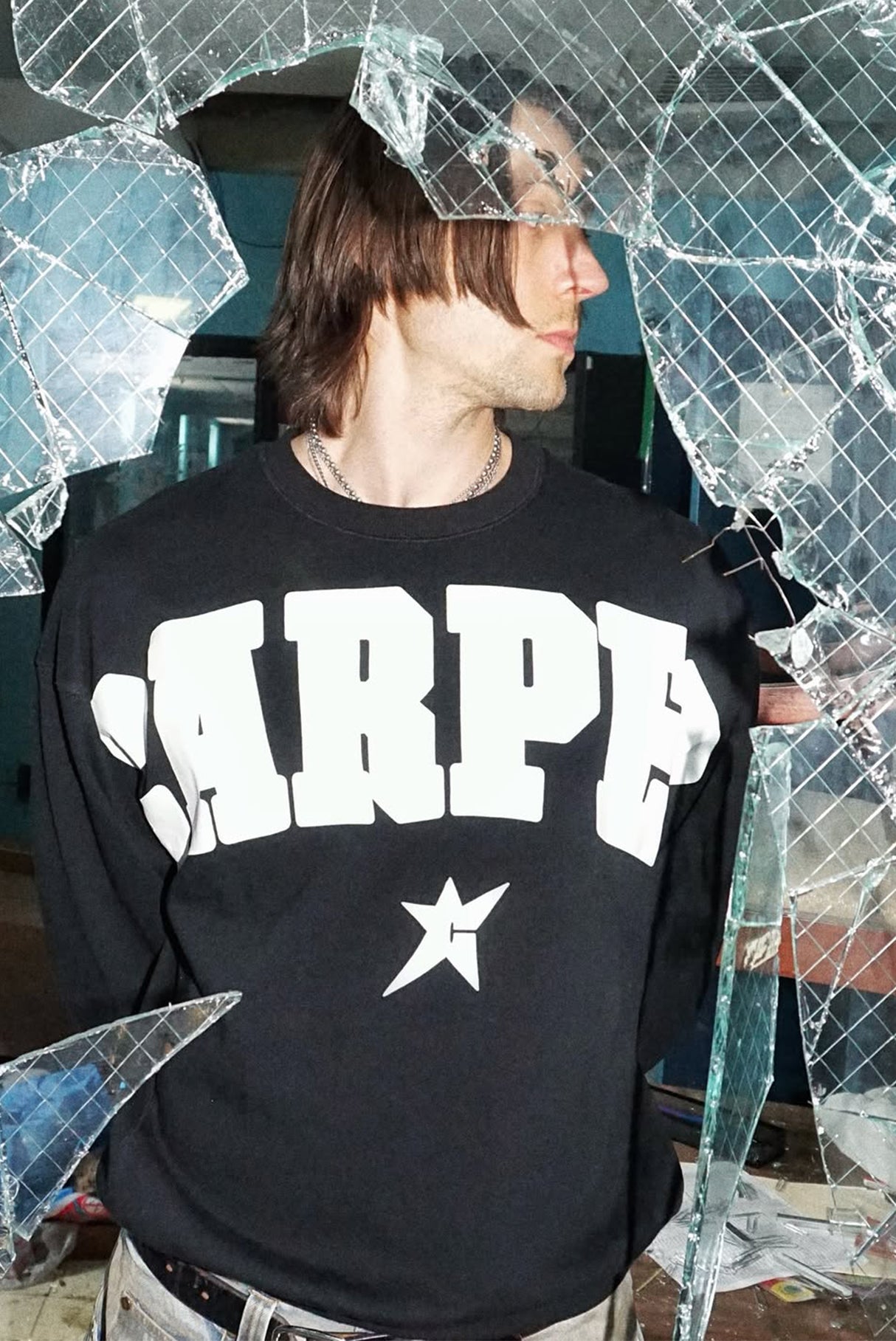
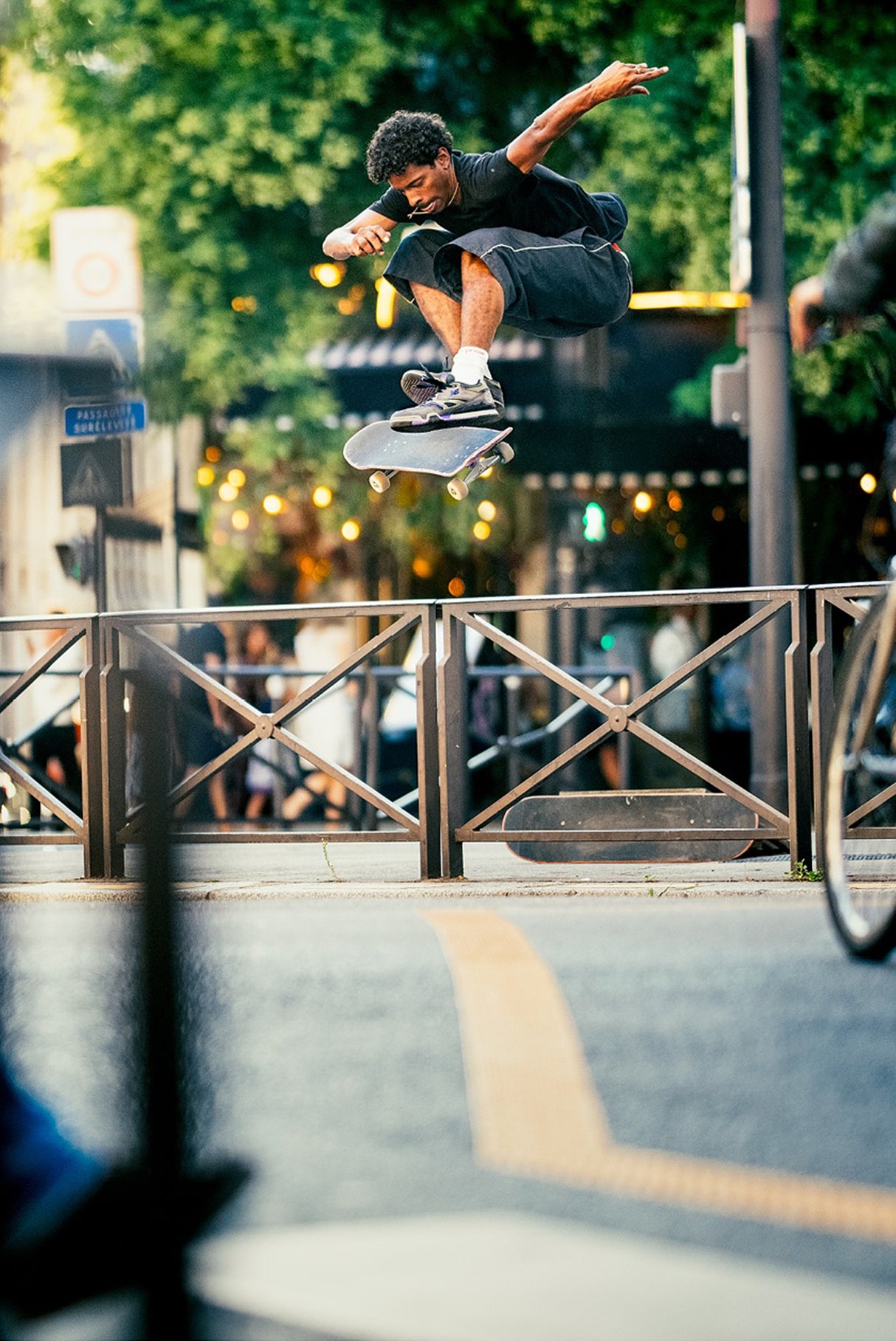
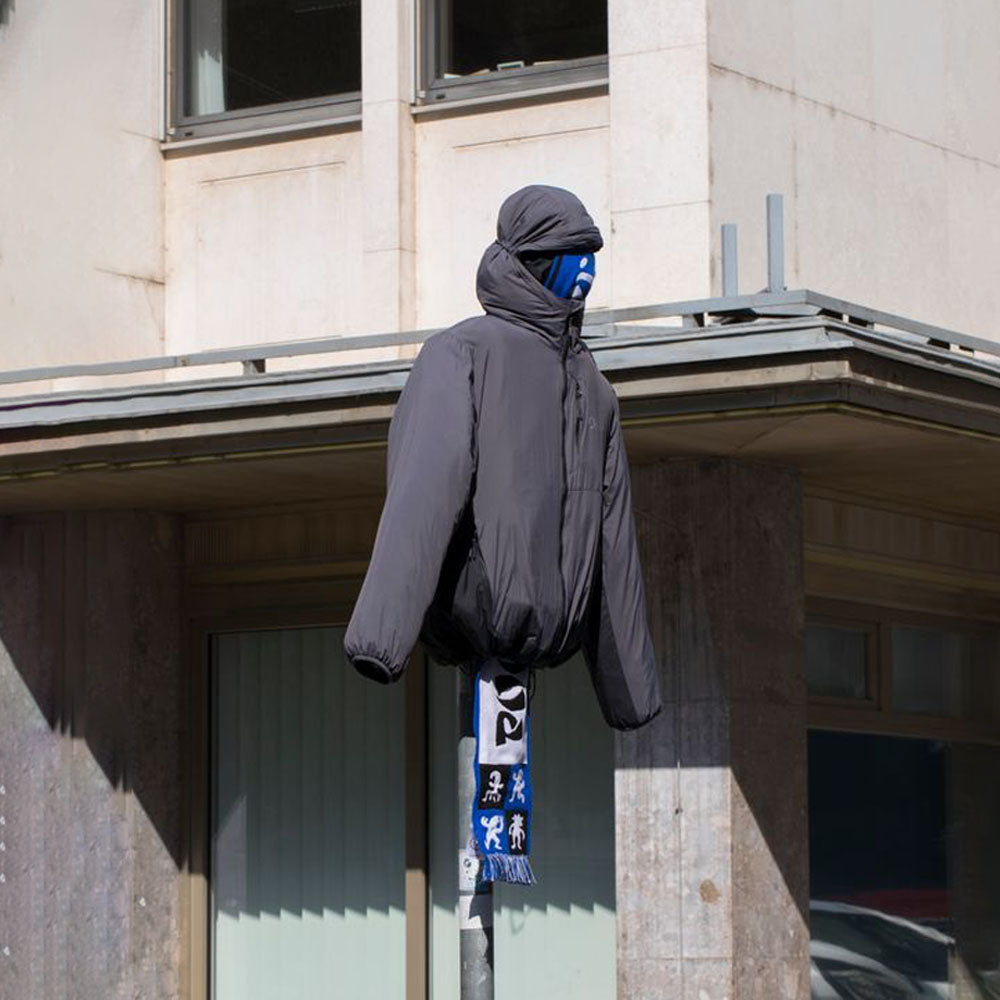
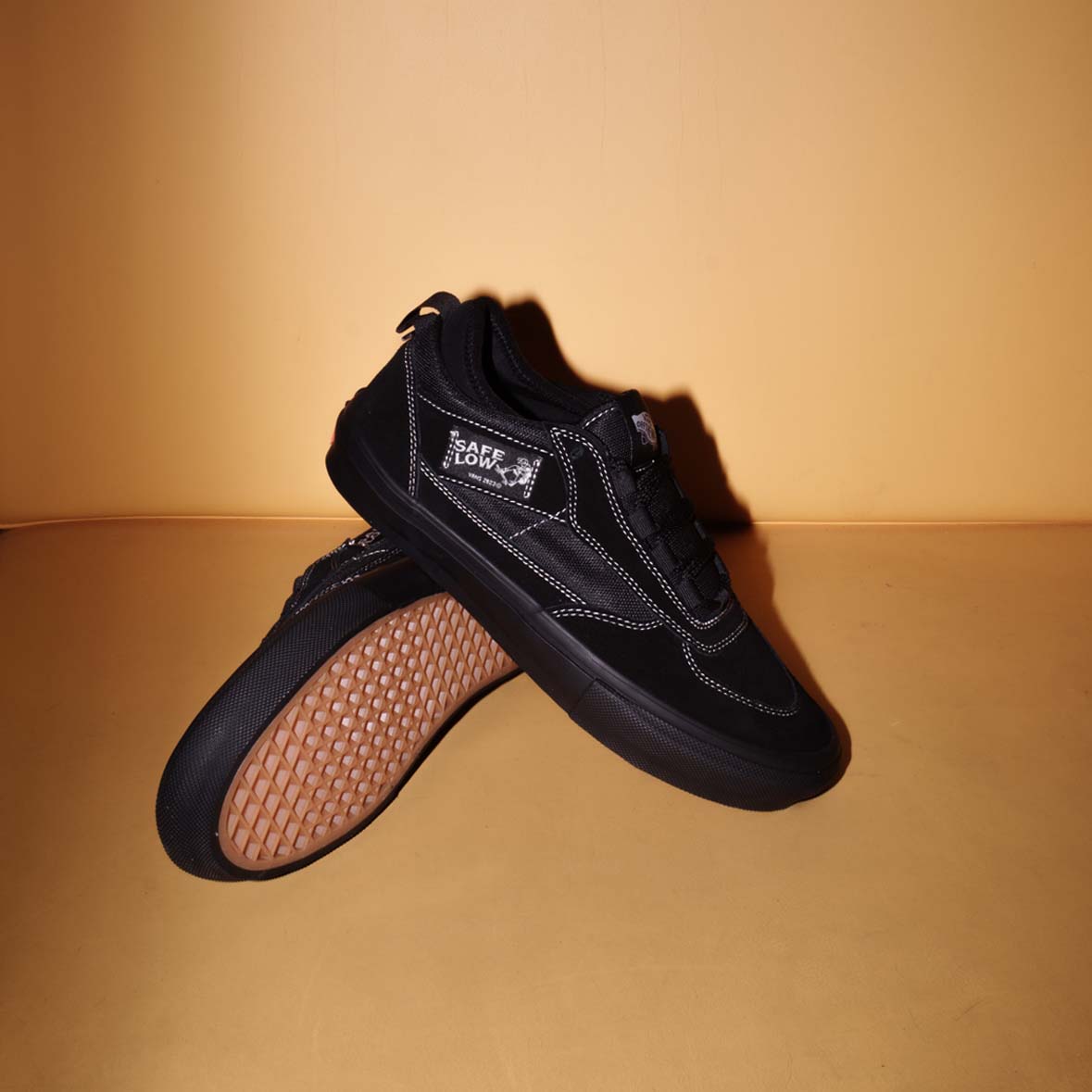





Leave a comment
This site is protected by hCaptcha and the hCaptcha Privacy Policy and Terms of Service apply.